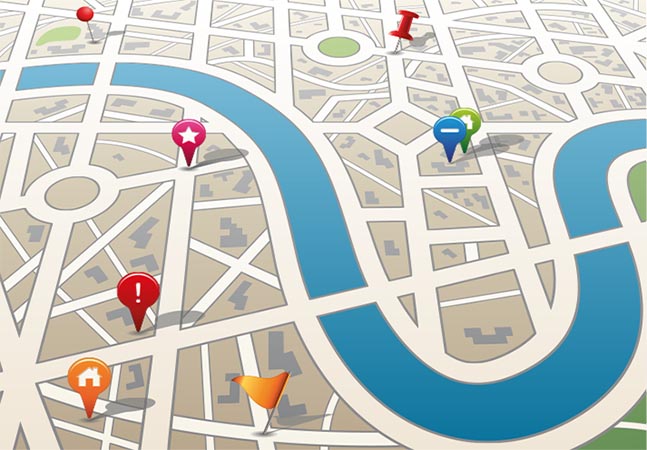
TITLE: Supernavigators: The Astounding New Science of How Animals Find Their Way
AUTHOR: David Barrie
PUBLICATION DATE: 2019
FORMAT: Hardcover
ISBN-13: 9781615195374
ALTERNATIVE TITLE: Incredible Journeys: Exploring the Wonders of Animal Navigation
_____________________
DESCRIPTION:
"In Supernavigators, award-winning author David Barrie takes us on a tour of the cutting-edge science of animal navigation, where scientists are unraveling how creatures as various as butterflies, birds, crustaceans, fish, reptiles, and even people find their way.
Weaving interviews with leading experts on animal behavior with the groundbreaking discoveries of Nobel Prize–winning neuroscientists, Barrie introduces astounding animals of every stripe: Dung beetles that steer by the light of the Milky Way. Ants and bees that navigate using patterns of light invisible to humans. Sea turtles, spiny lobsters, and moths that find their way using Earth’s magnetic field. Salmon that return to their birthplace by following their noses. Baleen whales that swim thousands of miles while holding a rock-steady course, and birds that can locate their nests on a tiny island after crisscrossing an ocean.
There’s a stunning diversity of animal navigators out there, often using senses and skills we humans don’t have access to ourselves. For the first time, Supernavigators reveals these wonders in a whole new light."
____________________
REVIEW:
David Barrie has compiled an interesting and accessible survey of the studies done to elucidate the variety of techniques (and combinations thereof) used by organisms (everything from dung beetles, fish and birds, to humans and whales) to find their way about - both short range navigation and longer migrational navigation. The chapter dealing with the effects of the built environment on other creatures, as well as the use of our new navigation technology is especially interesting. The chapters are short and each one has an "epilogue" which is usually interesting, sometimes pithy, or just provides something to think about. Some topics are covered more superficially than others, and I would have liked to have read more about the actual biological basis of these animals wayfinding ability, but none-the-less, a fascinating book with a somewhat erratic organisation.
UPDATE POSTS:


 Log in with Facebook
Log in with Facebook 









